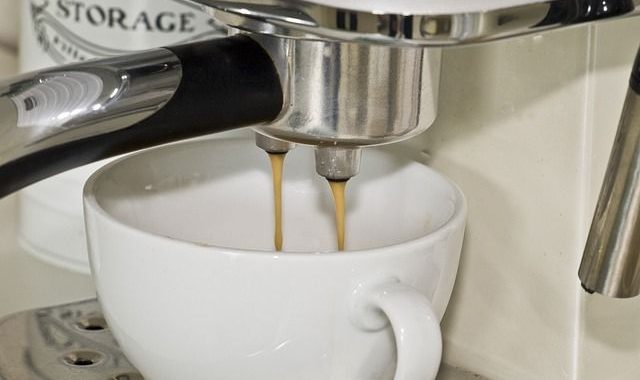A coffee machine is usually made up of a number of main parts, each of which plays an important role in the preparation of the coffee.
The first component is the water reservoir. A large reservoir filled with cold water is placed inside the coffee machine to brew the coffee. It is usually located directly above or behind the drip tray and is connected to the machine's water pump.
The second component is the boiler. This device heats the water to a certain temperature for optimal coffee preparation. It usually consists of two parts: an electrically powered element and a thermostat that regulates the heat according to the user's settings.
The third component is the cooking group or head. Inside the brew group there is a small pressure gauge which indicates the pressure created by the steam or water flowing through it.
The fourth component is the drip tray. This part collects the excess coffee from the brewing group, as well as any spent coffee grounds and water. It is usually located at the bottom of the machine for easy access and cleaning or emptying.
The fifth component is the steam wand. This part produces hot steam that can be used to whip milk for drinks such as cappuccinos and lattes. It is connected to a separate boiler which normally heats the water to a higher temperature than the one used for brewing coffee.
The final component of a coffee machine is the grinder. This important tool grinds all the coffee beans into a fine, homogeneous powder that can be used to make coffee.
These components work together to produce delicious cups of coffee in any modern machine. By understanding their individual roles, you'll be able to make better-tasting beverages with less waste and less effort. With proper care, your coffee machine will deliver great tasting coffee for years to come.
To ensure the longevity of your machine and delicious cups of coffee, be sure to follow the manufacturer's instructions for cleaning and maintenance. Doing so will prolong the life of your machine and ensure that it functions optimally. Ultimately, understanding these components is the key to making great coffee at home or in a commercial setting.

